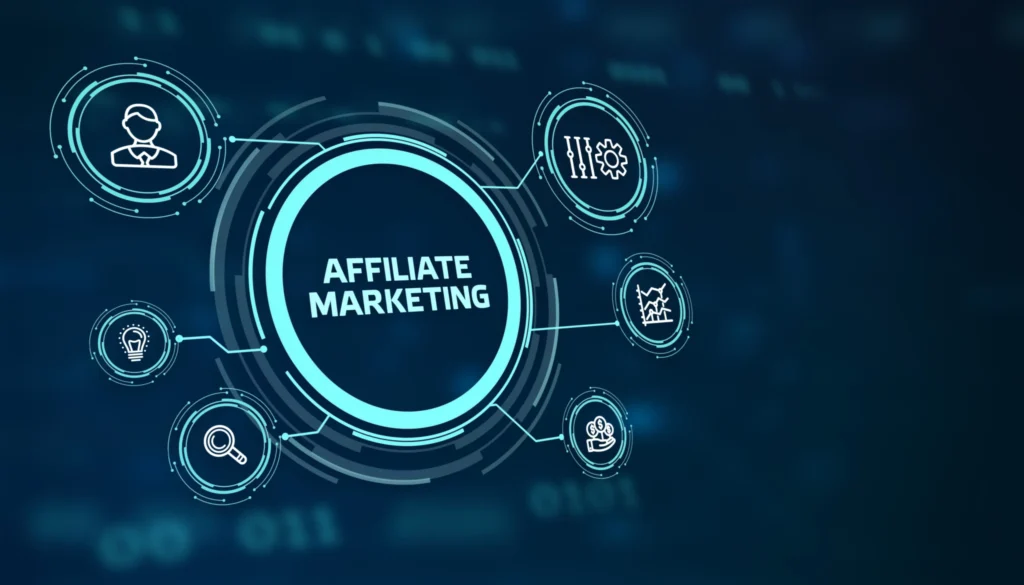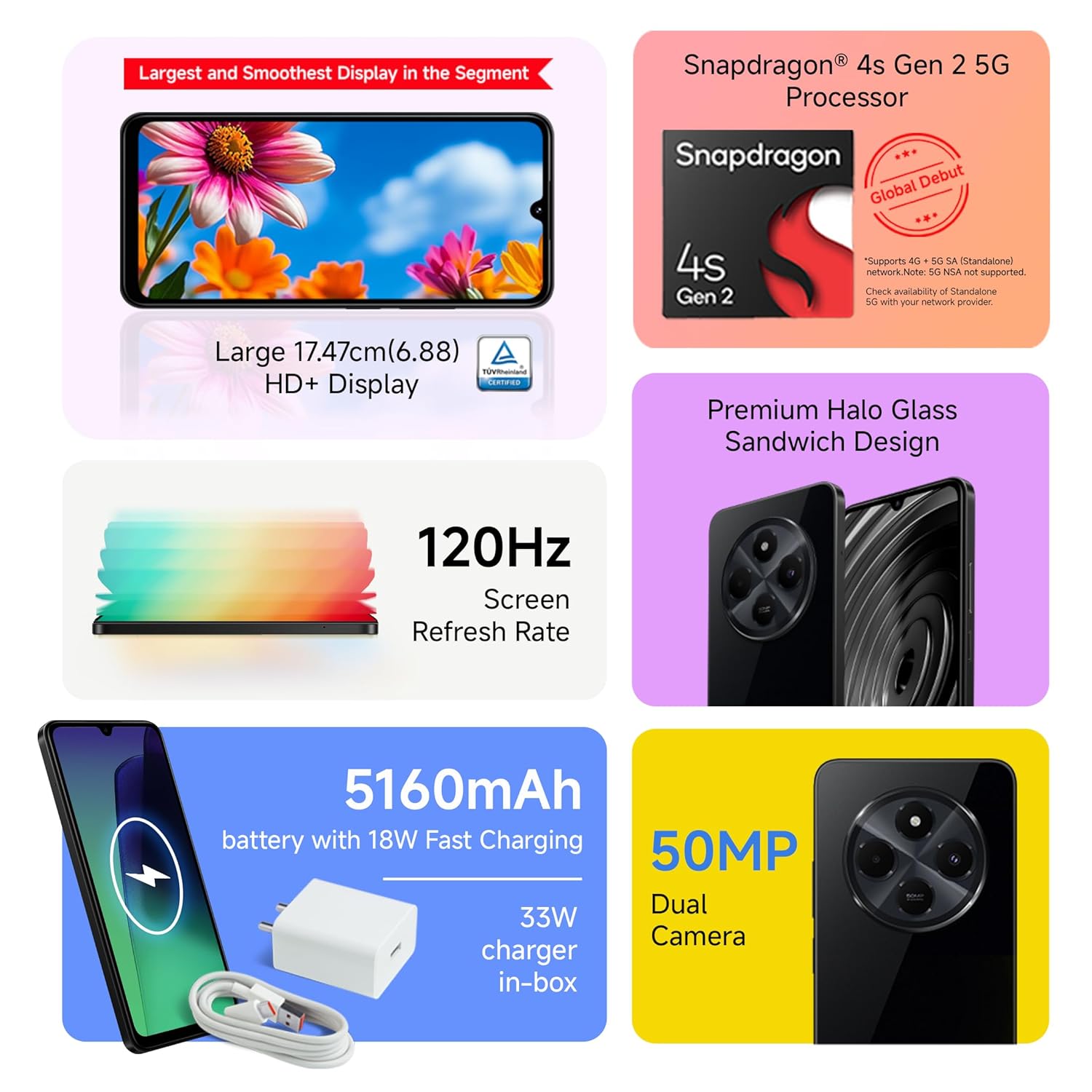Affiliate marketing is evolving rapidly, and by 2025, it’s expected to look significantly different from what it is today. Driven by advancements in technology, changing consumer behavior, and tighter regulations, the digital marketing landscape is becoming more dynamic and competitive. To stay ahead, affiliate marketers must adopt innovative strategies, leverage new tools, and focus on building genuine connections with their audiences.
Here’s what you need to know about the future of affiliate marketing in 2025 and how you can successfully adapt to these changes:
1. AI and Automation Will Dominate
Artificial Intelligence will continue to reshape affiliate marketing, from content creation and personalization to advanced data analysis and automated customer journeys. Marketers who integrate AI tools into their workflow will be able to optimize campaigns in real time, boost engagement, and increase conversions.
How to Adapt:
- Use AI-driven tools like chatbots, predictive analytics, and content generators.
- Automate repetitive tasks such as email campaigns, reporting, and A/B testing.
- Focus on delivering hyper-personalized user experiences.
2. Content Quality and Authority Will Matter More Than Ever
Search engines and consumers alike are prioritizing high-quality, trustworthy content. Thin, keyword-stuffed articles are being replaced by value-driven, insightful pieces that offer genuine help. Brands will increasingly partner with affiliates who have established authority and loyal followings.
How to Adapt:
- Build topical authority in a specific niche.
- Focus on long-form, in-depth content supported by data and real-life examples.
- Collaborate with trusted voices in your industry to expand your reach.
3. Short-Form Video and Interactive Media Are Taking Over
Platforms like TikTok, YouTube Shorts, and Instagram Reels are changing how people consume content. Short-form video is now a primary discovery and conversion tool, especially among younger audiences.
How to Adapt:
- Repurpose blog content into short, engaging videos.
- Include affiliate links in video descriptions or within platform-native shopping tools.
- Use storytelling and authenticity to connect with viewers quickly.
4. Regulations and Privacy Laws Are Tightening
Data privacy is a growing concern worldwide. New regulations like GDPR, CCPA, and potential global policies are limiting the amount of user data that marketers can collect and use.
How to Adapt:
- Be transparent about data usage and ensure compliance with regulations.
- Build first-party data strategies (e.g., email lists, surveys, community groups).
- Shift from cookie-based tracking to privacy-first affiliate tracking tools.
5. Trust, Transparency, and Authenticity Will Define Success
Consumers are becoming more skeptical of overt advertising. They want to engage with brands and creators who are honest, relatable, and transparent. Affiliates who prioritize integrity and provide real value will stand out in a saturated market.
How to Adapt:
-
Disclose affiliate relationships clearly and follow ethical promotion practices.
-
Share genuine experiences, reviews, and case studies.
-
Focus on helping your audience solve problems, not just selling products.
🎯 Tone Analysis
The tone of the text is forward-looking, informative, and professional, with an underlying sense of urgency and encouragement. It projects authority while remaining accessible, using a direct and actionable style that aims to both inform and empower readers. The tone aligns well with industry thought leadership, effectively targeting affiliate marketers who are eager to stay ahead of digital trends.
🛠 Edits and Corrections Made
1. Grammar, Spelling & Punctuation
-
Original title: Future Of Affiliate Marketing In 2025: How To Adapt To The Rapid Changes In Digital Marketing
-
Corrected: “Of” → “of” and “To” → “to” for proper title capitalization.
-
-
Various small punctuation updates for consistency (e.g., commas in lists, improved sentence pacing).
2. Clarity and Conciseness Improvements
- Simplified and clarified sentences without altering tone or meaning.
- Removed passive voice where unnecessary.
- Condensed long phrases:
- “Driven by advancements in technology, changing consumer behavior, and tighter regulations…” was originally more verbose.
- Removed redundancy from phrases like “genuine connections with their audiences” (kept it but balanced it for impact).
3. Word Choice Enhancements
- Replaced generic terms with more dynamic or precise alternatives:
- “Look significantly different” → “Look vastly different” (later changed to “look significantly different” for a more grounded tone).
- “Boost engagement” instead of just “improve results”.
4. Avoided Repetition
-
Swapped out repeated words like “marketers” and “content” when possible with synonyms or restructured sentences.
5. Structural Improvements
- Reformatted the post into clearly defined sections for better flow.
- Used consistent H2 and H3 formatting for logical navigation.
✅ Final Thoughts
This version is now well-organized, highly readable, and delivers a strong message with confidence. It effectively speaks to the reader as both a guide and motivator for adapting to the evolving affiliate marketing landscape in 2025.









